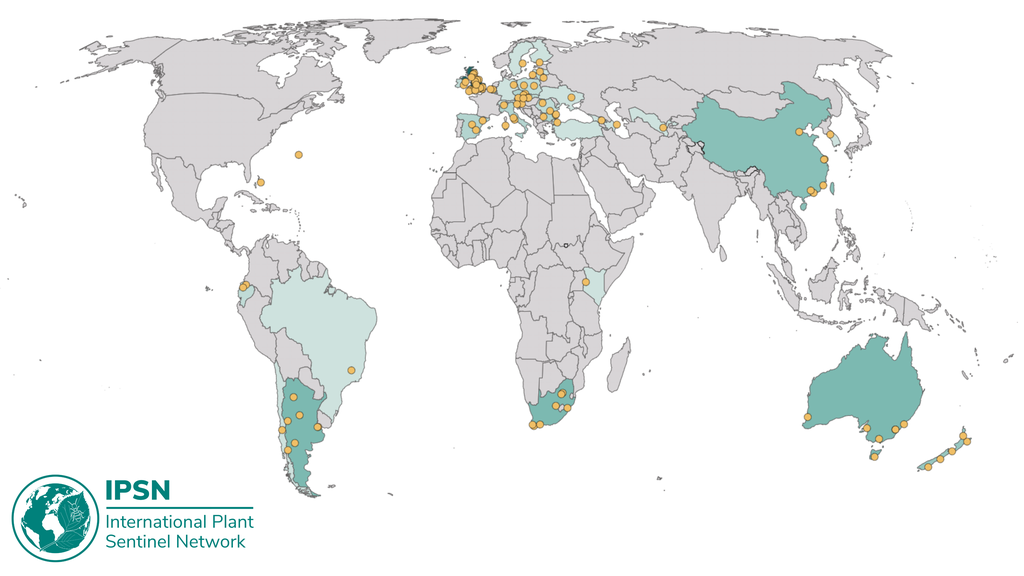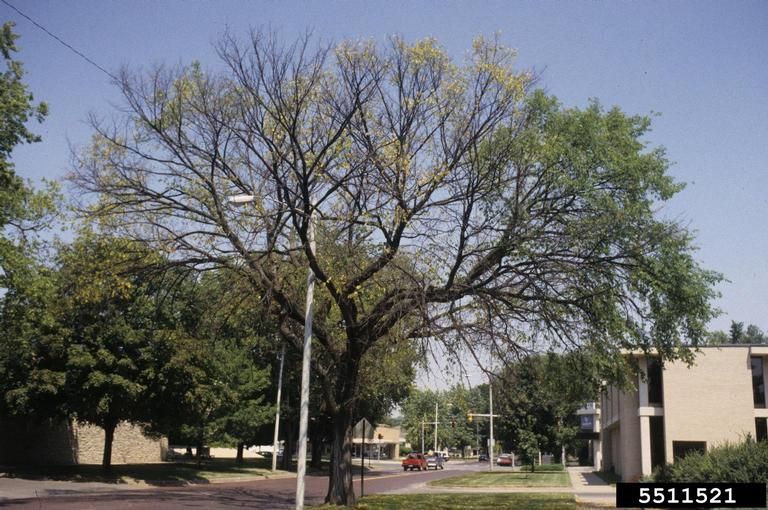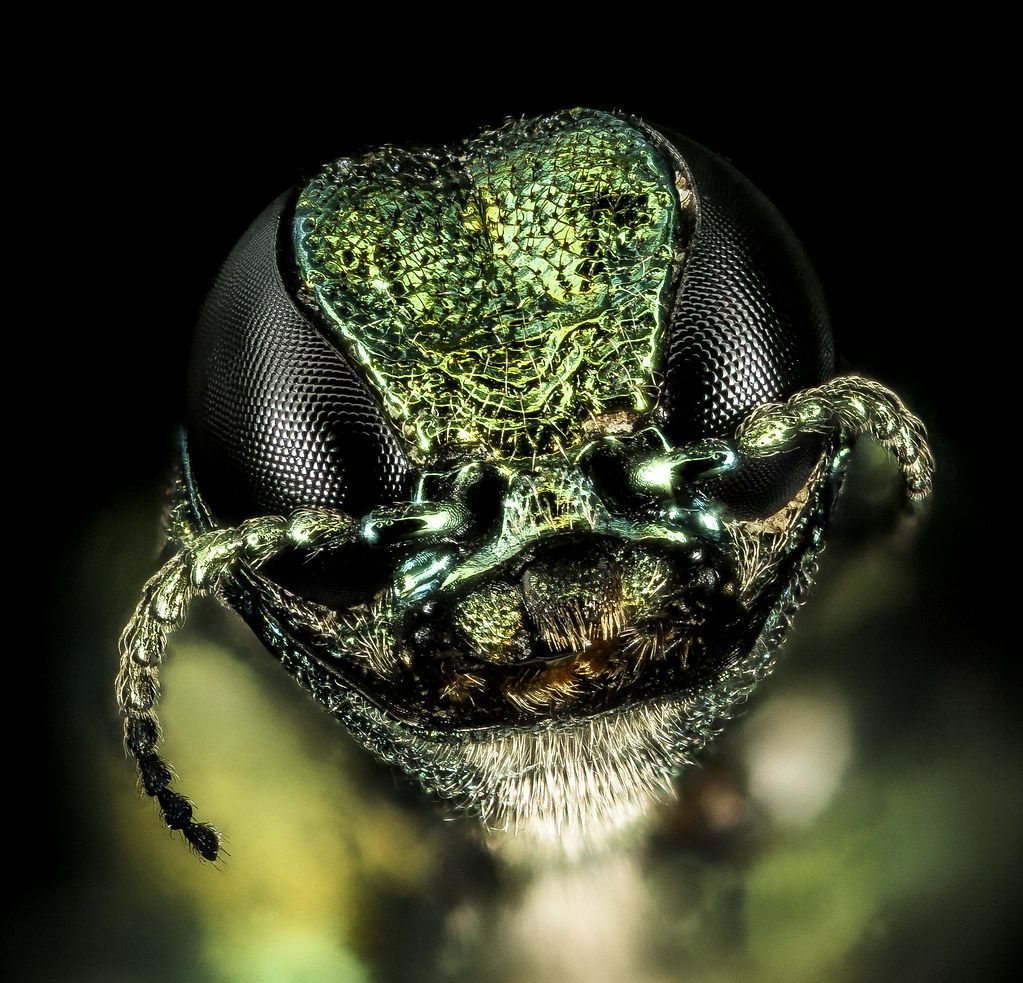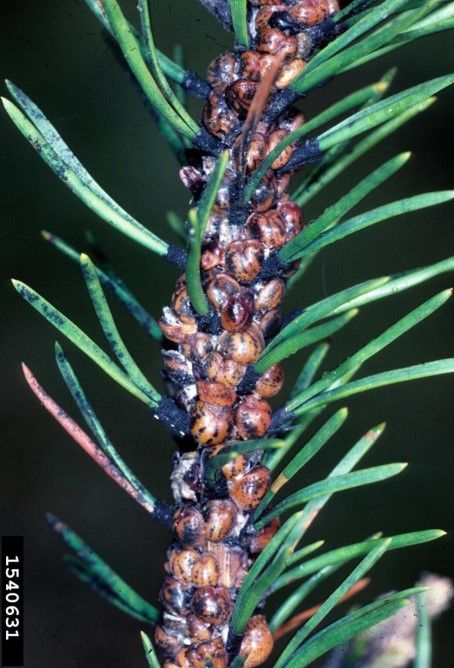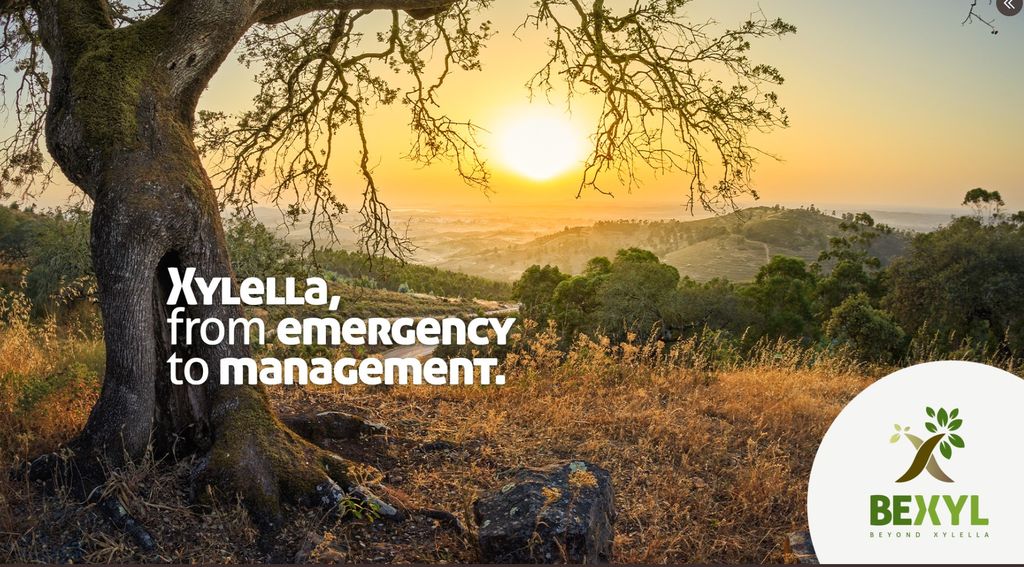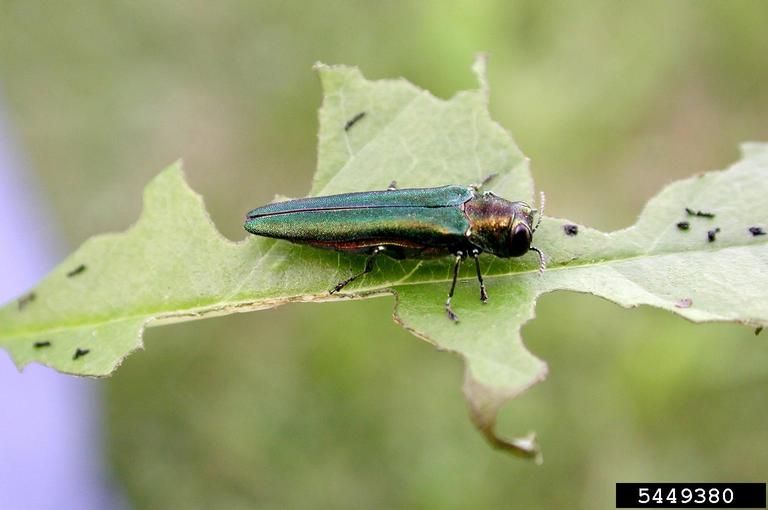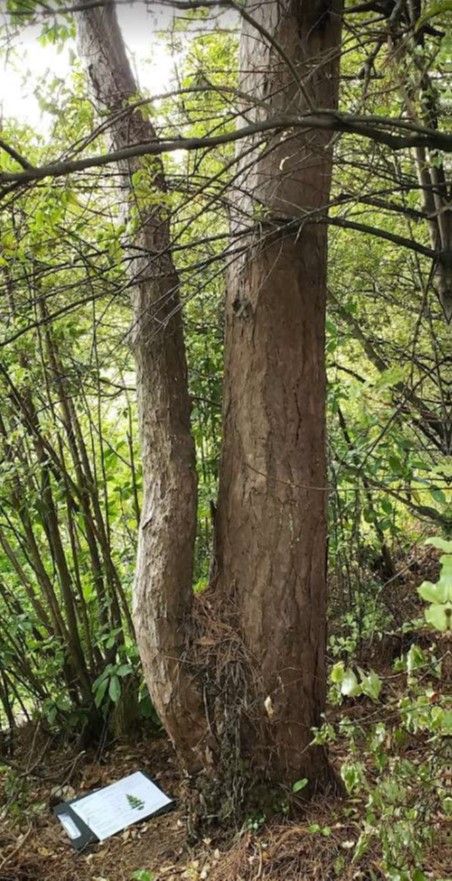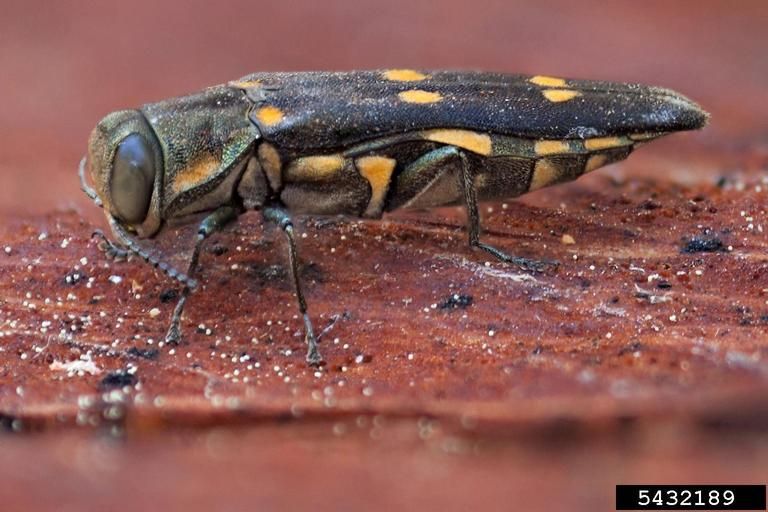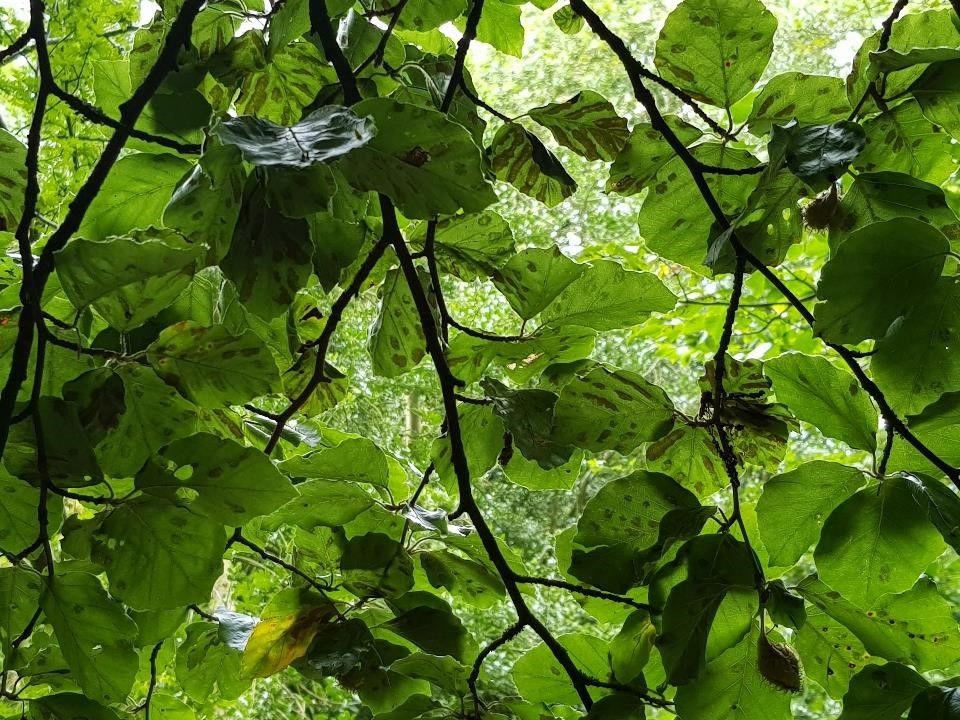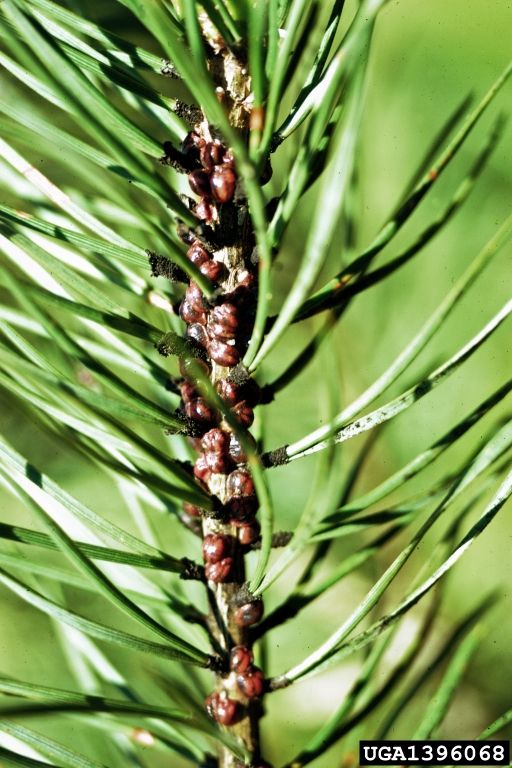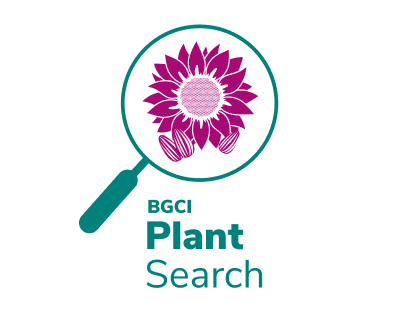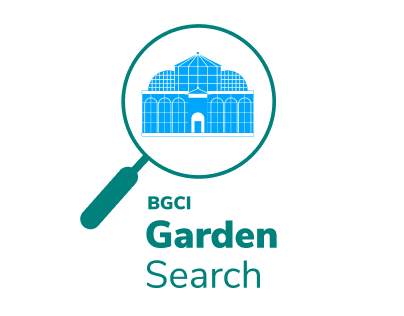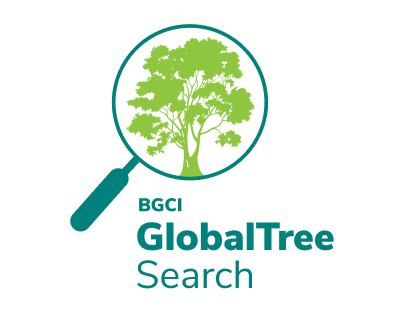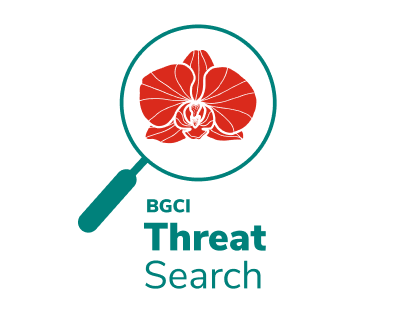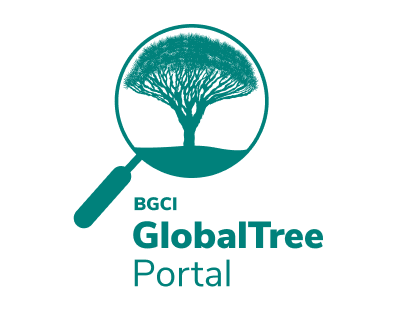International Plant Sentinel Network
Acting as an early warning system to recognise new and emerging pest and pathogen risks
The increasing globalisation of trade in plants and plant material, together with the impacts of climate change, has led to an increase in the introduction and spread of new and damaging plant pests and pathogens. Past examples of the devastating impact these organisms can have on plant populations (prime examples are Dutch elm disease on UK elm trees and the emerald ash borer on U.S. ash populations) illustrate the significant threat these alien pests and pathogens pose to global plant health.
The International Plant Sentinel Network (IPSN) has been established to facilitate collaboration amongst institutes around the world, with a focus on linking botanic gardens and arboreta, National Plant Protection Organisations (NPPOs) and plant health scientists. The main aim being for these institutes to work together in order to provide an early warning system of new and emerging pest and pathogen risks. Hence, member gardens working with NPPOs help to provide scientific evidence regarding known quarantine organisms and potential new risks in order to inform plant health activities and thus help safeguard susceptible plant species worldwide.
Watch the IPSN video here:
Follow us!
[custom-twitter-feeds feed=2]
IPSN News & Events
See MoreSentinel Plants
Introduced organisms can have large ecological and economic impacts on their new ranges and the native species that inhabit them. This is never more so true than with plant pests and pathogens. One reason for the high levels of damage seen is that plants, having not evolved alongside these introduced species, have built up no natural resistance. Similarly, it is unlikely that any natural predators will be present to control population sizes. Identifying potential threats to native flora before an organism is introduced can drastically improve the chances of eradication or control/containment programmes, or even better can stop their introduction in the first place. This is where sentinel plants can provide unique benefits to plant health.
Sentinel Research
Plant species maintained outside of their natural ranges (e.g. as in botanic gardens and arboreta) offer a unique opportunity to understand and predict potential threats to a country’s plant health by acting as standing sentinels in foreign lands. These sentinels plants held in botanic gardens and arboreta can be monitored for damage by local pests and diseases that, although native to their current location, are not yet found in the host’s country of origin. This information can then be used to provide an early warning system and can aid plant protection efforts at a regulatory level (for example within Pest Risk Analysis).
Sentinel plants can also provide valuable information which can help:
- Increase understanding about ‘known’ pests and diseases (e.g. dispersal mechanisms, origin, etc.)
- Identify new pest-host associations (e.g. suggest which species of plant may be particularly susceptible/ resistant to a particular pest)
- Identify potential biocontrols
Previous Research
A number of previous studies using sentinel plants in botanic gardens and arboreta illustrate their potential in informing plant health:
- ISEFOR – Increasing Sustainability of European Forests: Modelling for security against invasive pests and pathogens under climate change
- PRATIQUE – Enhancements of Pest Risk Analysis Techniques
- The New Zealand Expats Plant Project
In the spring of 2011 BGCI carried out an electronic survey to learn more about the relevant expertise and policies already in place at botanical institutions around the world. Results revealed a solid foundation of expertise, resources, partnerships and practices that aid in understanding and addressing invasive species problems at individual institutions. However, it also identified a need for more formal or regular training and enhanced communication and coordination among institutions in order to increase the power and impact of the network.
Read more about the 2011 survey below.
Publications of Interest
Britton, K. O., White, P., Kramer, A., & Hudler, G. (2010). A new approach to stopping the spread of invasive insects and pathogens: early detection and rapid response via a global network of sentinel plantings
Roques, A., Fan, J. T., Courtial, B., Zhang, Y. Z., Yart, A., Auger-Rozenberg, M. A., … & Sun, J. H. (2015). Planting sentinel European trees in eastern Asia as a novel method to identify potential insect pest invaders. PloS one, 10(5), e0120864.
The Role of Living Collections
Botanic gardens and arboreta are valuable scientific resources and as a result have become leading authorities in plant conservation, championing projects and contributing to research in the area. The IPSN is an opportunity for gardens to continue this work and contribute on an international scale to the safeguarding of plants from pests and pathogens.
Living Collections
It is estimated that 30-40% of known plant species are grown in living collections of the more than 3,000 botanic gardens and arboreta throughout the world. Often, species are maintained in gardens not in the country or even on the continent in which they are native. These expatriate plants can act as standing sentinels for potentially invasive pests and pathogens. For example, surveying native European plants growing in botanic gardens and arboreta outside Europe, especially in countries with similar climates, offers a unique opportunity to monitor for damage by non-native pests and diseases. This information can then be used to provide an early warning system by informing plant protection efforts such as Pest Risk Analysis (PRA); identifying new pest and pathogen risks to a country’s native flora.
Horticultural Expertise
Horticultural staff working within gardens have unique and key skills to offer sentinel research. Not only do they have a wealth of knowledge of the plant species they work with, they are familiar with individuals within plant collections. Specifically staff have an understanding of, or are able to access information detailing, the history of the plant including its origin, general health, management issues, surrounding environment, climate, recent weather etc. This knowledge can provide key clues to the cause of any deterioration of health in a plant; potentially revealing or ruling out abiotic causes.
Further to this, due to their familiarity with collections, horticultural staff are likely to be able to recognise changes in a plant’s health. However most importantly, they will not only be able to understand the cause but also be able to recognise when damage is out of the ordinary and should potentially be investigated and escalated.
Find out how your garden can become a member of the IPSN and contribute to safeguarding global plant health in the ‘Get Involved‘ section above.
Publications of Interest
Kramer, A. (2010, June). Using BGCI’s databases to connect plant collections and expertise to support the development of an International Sentinel Plant Network. In Proceedings of the the 4th Global Botanic Gardens Congress, Dublin (pp. 14-18).
Kramer, A., & Hird, A. (2011). Building an international sentinel plant network. BG Journal, 8(2), 3-6.
Aims and Objectives
The main objective of the IPSN is to act as an early warning system to recognise new and emerging pest and pathogen risks. It aims to do this by developing a network of both national and international partnerships between plant protection scientists and botanic gardens and arboreta around the world.
Activities of the IPSN include:
- Seeking and sharing examples of best practice;
- Developing standardised methodologies for monitoring and surveying of damaging plant pests and pathogens;
- Providing training materials to increase capacity among member gardens;
- Facilitating access to diagnostic support;
- Developing databases in order to share and store information; and
- Communicating scientific evidence with NPPOs.
IPSN Network
We are currently more than 100 botanic gardens and arboreta part of the IPSN network. You can find a list with our current members by following this link. If your garden is not listed but you would like it to be, please email the IPSN project officer Lara Salido
How to Get Involved
We would like to hear from any botanic gardens and arboreta that already carry out work relating to plant pests and pathogens and/or wish to build their capability to do so.
We are looking for gardens to participate in surveys, trial monitoring methodologies, use our training materials (see Resources section above), databases and forums, help us identify examples of best practice and generally provide feedback in order to help shape and guide the network. This will help us to build a sustainable and viable network that can provide valuable scientific evidence to plant health.
Benefits for Member Gardens
The IPSN provides a number of benefits to member gardens including:
- Disaster readiness which will help to mitigate the potential impact of an outbreak; a combination of increased monitoring and facilitating access to diagnostic support will allow for quick identification of any damaging organisms. Similarly, the IPSN will provide, and gardens will be encouraged to, share information regarding management techniques.
- Professional development opportunities; by providing standardised protocols and training materials that will help raise awareness and increase pest identification skills among garden staff.
- Networking opportunities; by facilitating contact with other botanic gardens and arboreta interested in this area as well as diagnosticians and plant health experts.
- Being part of the prioritisation process; gardens that are members of the network will have the opportunity to highlight particular plant hosts, pests and/or pathogens that may otherwise have been overlooked.
The network will also utilise the scientific and research significance that living collections have to offer and illustrate a commitment to plant conservation worldwide.
How to Join
To join the network, botanic gardens and arboreta need to:
- Designate a contact person who will interact with the network coordinator and ultimately help to coordinate IPSN activities
- Read and agree to the IPSN’s Member Gardens IPSN Formal Agreement_2022 and send an email to the IPSN project officer confirming your garden’s participation in the network
If you are from a plant health institute and are interested in becoming involved in the project, or have any questions, we would also like to hear from you. Please contact Lara Salido at lara.salido@bgci.org.
Projects
The IPSN is carrying out a number of funded projects supported by both the UK (through DEFRA – Department for Environment, Food and Rural Affairs) and the US (through USFS-USAID – US Forest Service/US Agency for International Development). These are focused on the monitoring of key host species for pests and pathogens to identify novel or unusual species that could potentially affect the native species if introduced to their native ranges.
Surveys
The IPSN carries out a number of surveys to monitor the spread and distribution of particular pests and diseases of interest. These are all on-going and are open to any interested botanic garden/arboreta to join in. Survey forms and identification resources are available to support each survey, as well as guidance documents to aid in the identification of symptoms. Any interested gardens are encouraged to get in touch with the IPSN coordinator and request further information about how to become members of the IPSN network and actively participate in the existing surveys.
The IPSN has developed a number of resources to aid plant health/biosecurity activities in botanic gardens and arboreta. This includes providing guidance on types of pests and diseases, good biosecurity practise, information (and identification guides) for current threats, plus much more.
Plant Health Checker
The network has created a standard surveying form to support monitoring/surveying activities. The IPSN Plant Health Checker has been specifically designed to help assess damage in trees with unknown pest/disease problems. It helps garden staff to survey, record damage, and generally assess health problems in tree species. The survey forms are also available in Chinese/Spanish.
The forms can all be downloaded below:
A comprehensive guide with pictures is also available. This guide includes how to carry out the surveys as well as pictures of ‘typical’ signs and symptoms.
Currently an electronic version of the Plant Health Checker is being developed as an app that can be downloaded through the “Survey 123” app available in any app store. The forms can be downloaded below:
STEP 1: https://arcg.is/zyjqq
STEP 2: https://arcg.is/15WGfS
The app can be used through different mobile devices such as mobile phones, tables and laptops. A video about the Plant Health Checker can be viewed below:
Databases
Members of the IPSN have access to BGCI’s list of useful and open access databases from around the world. Information included in these databases ranges from images of signs and symptoms of pests and diseases, to information on current plant species kept within botanic garden plant collections.
Other Resources
The IPSN members also have access to a wealth of information and links to other websites that contain great resources for plant health and biosecurity. These include fact sheets, games and activities which give information about local, regional and/or global threats and biosecurity issues.
Guidance
Posters
Survey Forms
Video Resources
Diagnostic Support
The IPSN promotes communication and cooperation at a local level between participating gardens and institutes involved in plant health. Often this will be local universities, diagnostic laboratories or, for particularly damaging organisms that are of national concern, relevant National Plant Protection Organisations (NPPOs) and Regional Plant Protection Organisations (RPPOs) will need to be informed. Information on plant health governance and the various RPPOs and NPPOs (including, where possible, contact details) is available below.
Publications
Barham, E. (2016). An Early Warning System for New and Emerging Plant Pest and Disease Risks: A Network of Botanic Gardens and Arboreta. BGjournal, 13(1), 04-08
Barham, E., Sharrock, S., Lane, C., & Baker, R. (2015). An International Plant Sentinel Network. Sibbaldia: the Journal of Botanic Garden Horticulture, (13), 83-98.
Barham, E., Sharrock, S., Lane, C., & Baker, R. (2016). The International Plant Sentinel Network: a tool for Regional and National Plant Protection Organizations. EPPO Bulletin, 46(1), 156-162.
Clemens J. & Brockerhoff E. (2016). Contributions of Christchurch Botanic Gardens to Plant Health and Biosecurity in New Zealand. BGjournal, 13(2), 12-15
Dong, H. (2016). Morphological and Molecular Identification of Common Nursery and Landscape Pests in Shenzhen, China. BGjournal, 13(2), 16-19
Grimshaw, J. (2016). Tree Health, IPSN and the Yorkshire Arboretum. BGjournal, 13(2), 09-11
Roques, A., Fan, J. T., Courtial, B., Zhang, Y. Z., Yart, A., Auger-Rozenberg, M. A., … & Sun, J. H. (2015). Planting sentinel European trees in eastern Asia as a novel method to identify potential insect pest invaders. PloS one, 10(5), e0120864.
Sibbaldia publications : https://journals.rbge.org.uk
Share
